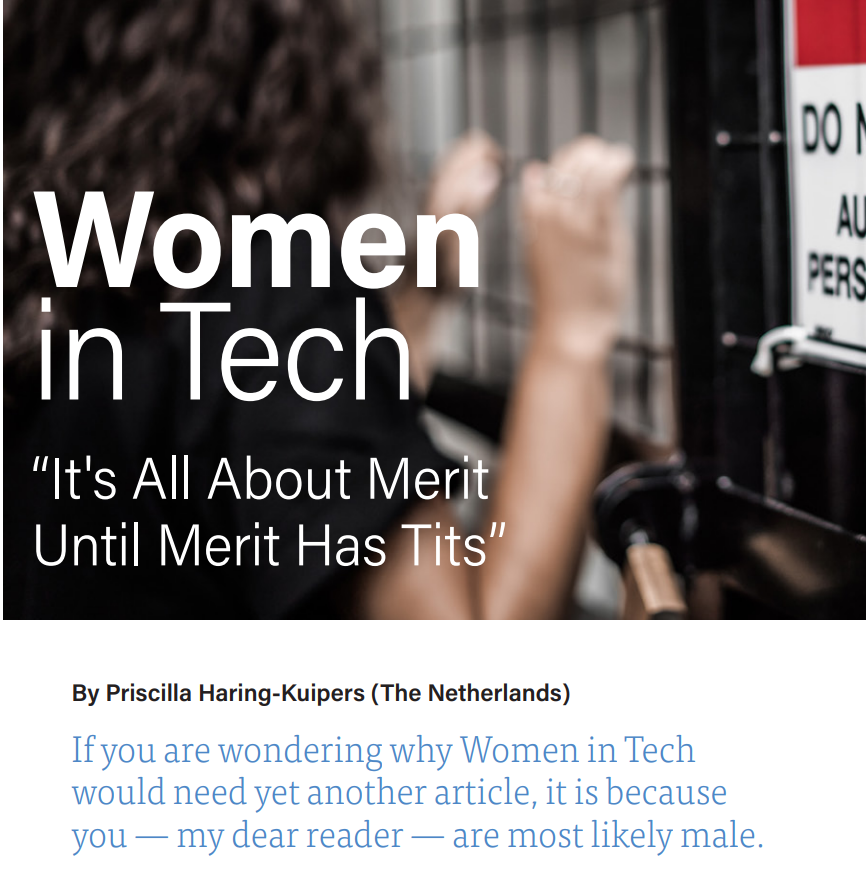Chris Julien is a researcher at Waag Futurelab for technology and society while doing his PhD in “Ecological governance: Deep adaptation machines.” He is also part of the climate activism group Extinction Rebellion, taking part in climate protests that block off roads and institutions. “Like a lot of people, I am really concerned about our climate,” he explains. “I got involved in Extinction Rebellion because I felt really motivated by their way of acting. Being arrested has made me a legal ‘object of interest’ for the state but I have yet to pay one fine. My main consequence is that I feel less powerless and frustrated now. It has brought me more mental health and a bit of extra spine.”

…continue reading at Elektor





